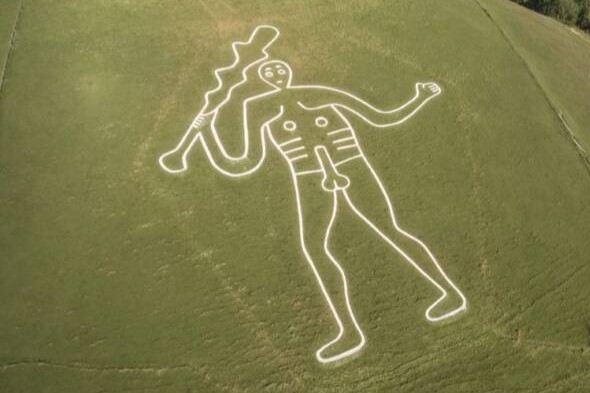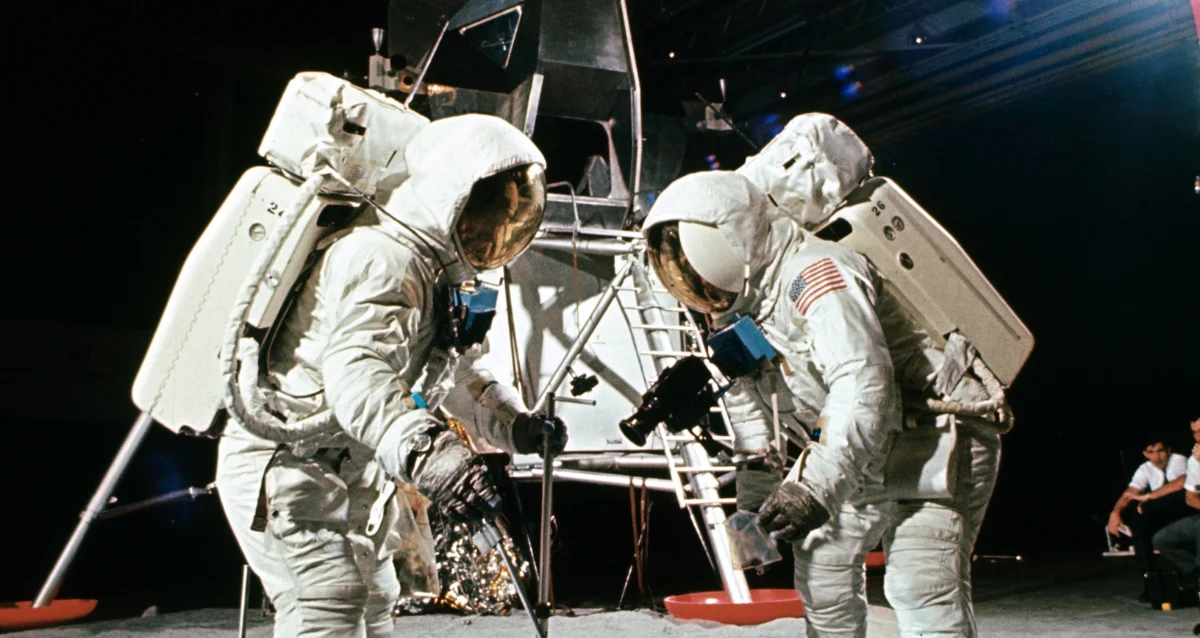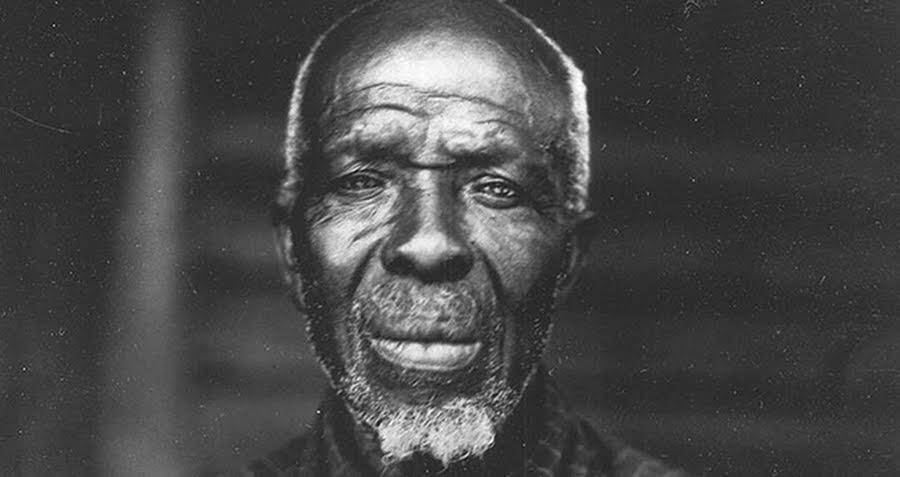A teenage boy's voice broke the silence of the Idaho woods: "You shot Striker, you son of a bitch!" Gunfire soon followed, reverberating through the trees. When the smoke settled, three lives were lost: Striker the dog, 14-year-old Sammy Weaver, and Deputy U.S. Marshal William Degan. This marked the beginning of the infamous Ruby Ridge incident in August 1992.
The roots of the standoff between the Weaver family and federal agents were planted a few years earlier when Randy Weaver, Sammy's father, was arrested for illegally selling two sawed-off shotguns to an undercover ATF informant. Due to a miscommunication about court dates, Randy missed his trial. Consequently, federal agents surrounded his small Idaho cabin atop Ruby Ridge, where Randy lived with his wife Vicki and their children.
The aftermath of the incident not only claimed the lives of Striker, Sammy Weaver, and William Degan but also Vicki Weaver. This tragic event solidified Ruby Ridge as a significant chapter in the history of anti-government movements in the United States.
The Troubling Road To The Ruby Ridge Incident
When Randy and Vicki Weaver left the flat plains of Iowa for the hills and forests of Idaho in 1983, they had several motivations. As deeply religious individuals, the Weavers wanted to homeschool their children, which was illegal in Iowa, to shield them from "secular humanism." Additionally, Randy and Vicki were influenced by movements that warned against government overreach and promoted armed resistance.
They also held a belief that the world was on the brink of ending.
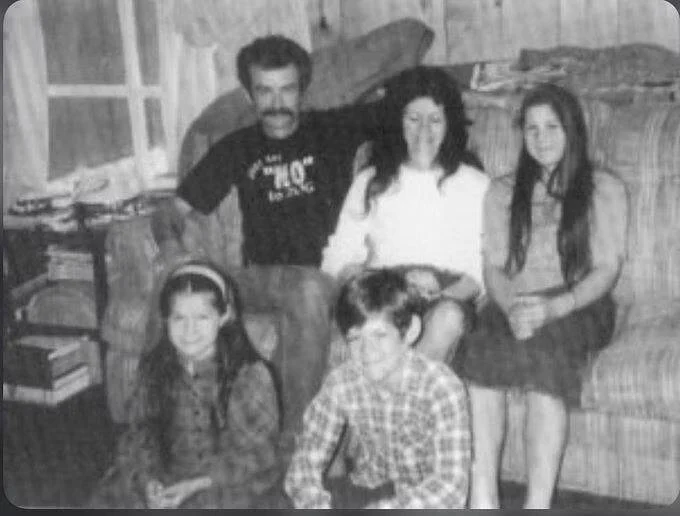
Influenced by sermons from Jerry Falwell and books like Hal Lindsey's "The Late Great Planet Earth," which predicted the rapture could occur as early as the 1980s, the Weavers decided to take control of their destiny. According to PBS, Vicki Weaver began experiencing visions in the bathtub where she believed God instructed her to move her family westward.
In 1995, The Washington Post reported that Randy Weaver felt "the Scriptures" led his family to Ruby Ridge, a secluded 20-acre property near the Canadian border. The Weaver family—Randy, Vicki, their children Sara, Samuel (Sammy), and Rachel, along with Kevin Harris, a young man they had taken in as a teenager—settled into a small, two-story cabin on the property.
Isolated from society, the Weavers adhered to strict religious principles that Vicki enforced. At the entrance to their property, a large sign proclaimed, "Every Knee Shall Bow To Yashua Messiah" (some believe Yashua or Yeshua was Jesus' real name). Vicki also forbade the family from consuming "unclean" food.
During their menstrual periods, Vicki and her eldest daughter, Sara, lived separately from the men in the household, residing in a small shed nearby.
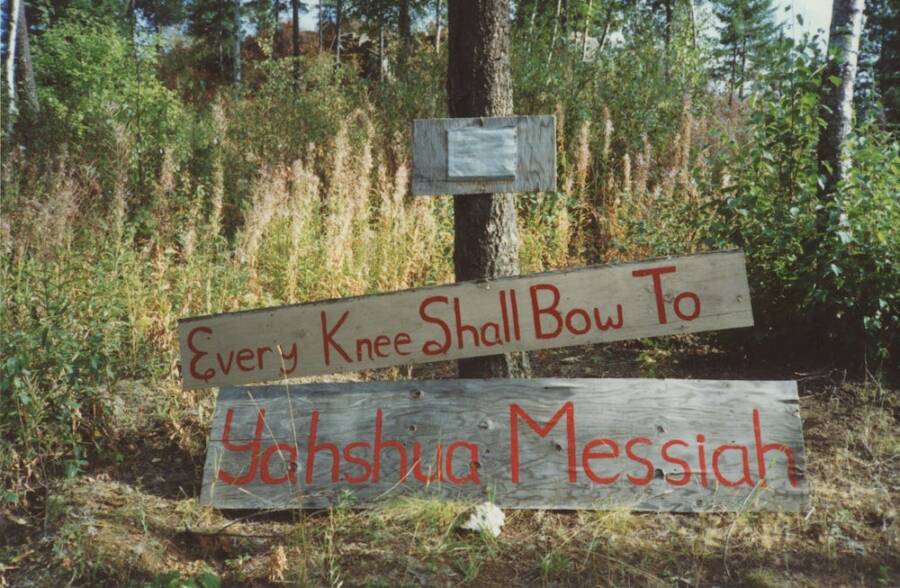
While secluded on Ruby Ridge, the Weavers largely kept to themselves. However, by the late 1980s, Randy Weaver had drawn the attention of the government.
Randy Weaver's Clashes With The Law
Randy and Vicki Weaver notoriously identified as white "separatists." Due to this, Randy attended the annual Aryan Nations Congress in Idaho multiple times, where he met Kenneth Fadeley, an informant for the Bureau of Alcohol, Tobacco, and Firearms (ATF), in 1986.
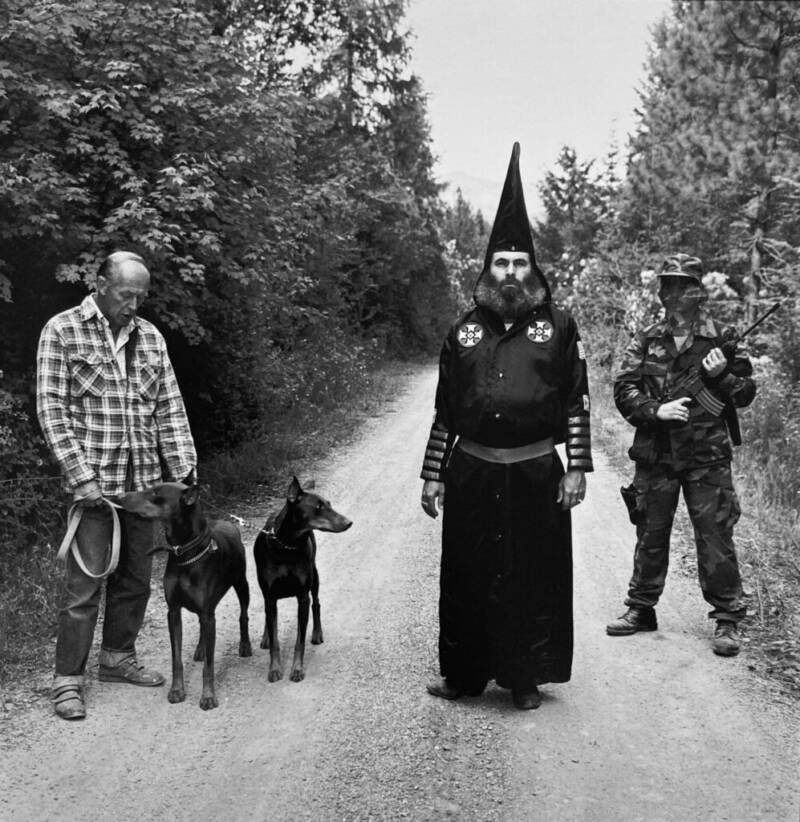
At that time, the federal government was actively seeking ways to infiltrate white supremacist groups. So, when Weaver mentioned to Fadeley in 1989 that he knew the leader of an Aryan Nations splinter group in Montana, Fadeley took note. Weaver also mentioned his financial struggles and, believing Fadeley to be a weapons dealer, offered his assistance.
In an effort to pressure Weaver into becoming an informant, Fadeley requested that Weaver procure two sawed-off shotguns, which Weaver sold to Fadeley for $300. Months later, in June 1990, an ATF agent approached Weaver and hinted that he could avoid prosecution by cooperating with an investigation.
Randy Weaver refused to become a "snitch."
He was arraigned in January 1991 and instructed to return for his trial. However, due to an error by a court official, Randy was informed that his trial date was in March when it was actually scheduled for February.
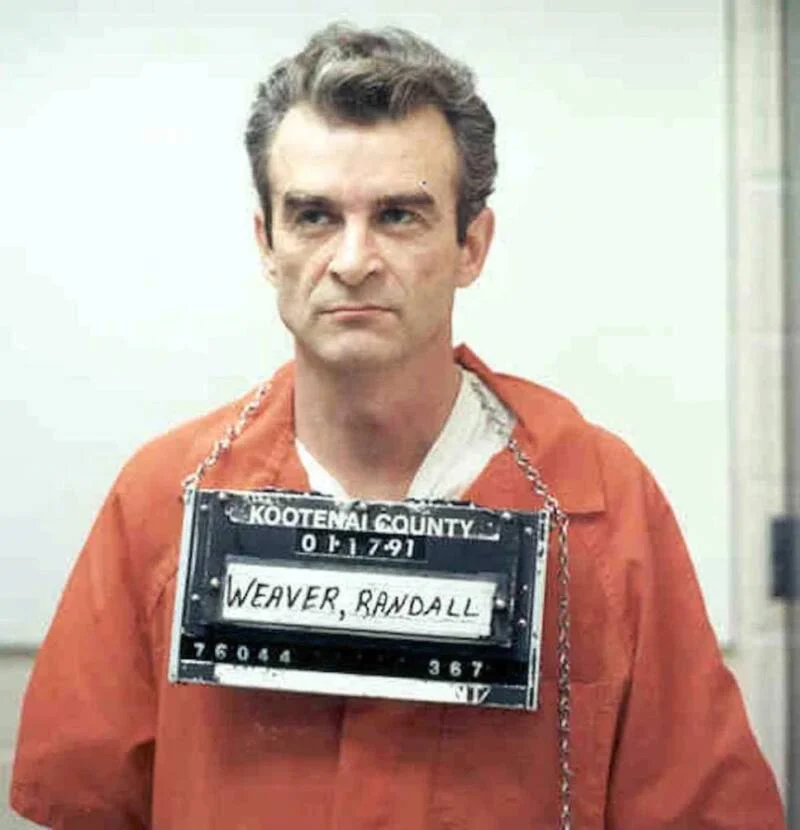
Although Weaver might not have attended regardless, his absence resulted in a warrant for his arrest.
The Ruby Ridge Incident Begins
For over a year, federal agents deliberated on the best approach to arrest Randy Weaver. The situation was complicated by the presence of children at Ruby Ridge, the family's 14 firearms, and the agents' belief that Randy and Vicki Weaver would violently resist arrest.
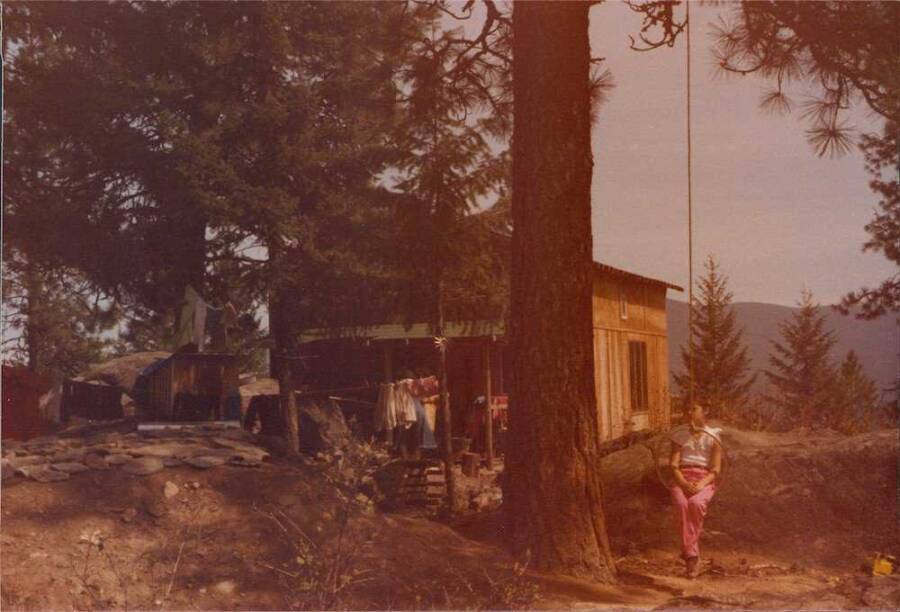
After the ATF first confronted Randy Weaver in June 1990, Vicki wrote several inflammatory letters. In one, she stated, "We cannot make deals with the enemy." In another, she warned, "Whether we live or whether we die, we will not bow to your evil commandments." The entire family also signed a letter declaring they would not leave their "mountain."
As a result, the ATF watched and waited. By August 1992, agents had conducted about two dozen surveillance missions on the Weaver family, which had grown with the birth of baby Elisheba in October 1991. Even the Weaver children sensed the tension; they had stayed on Ruby Ridge for 18 months, helicopters often hovered overhead, and PBS reports that one day, Harris and Sammy discovered a camera in the woods.
In late August, federal agents decided to conduct a final reconnaissance mission at Ruby Ridge before attempting to arrest Randy Weaver.
On the morning of August 21st, Deputy U.S. Marshal William F. Degan, Deputy U.S. Marshal Larry Cooper, and Deputy U.S. Marshal Arthur Roderick departed for Ruby Ridge. Around 10:15 a.m., they approached the Weavers' cabin closely enough to alert the family's dogs, prompting them to bark.
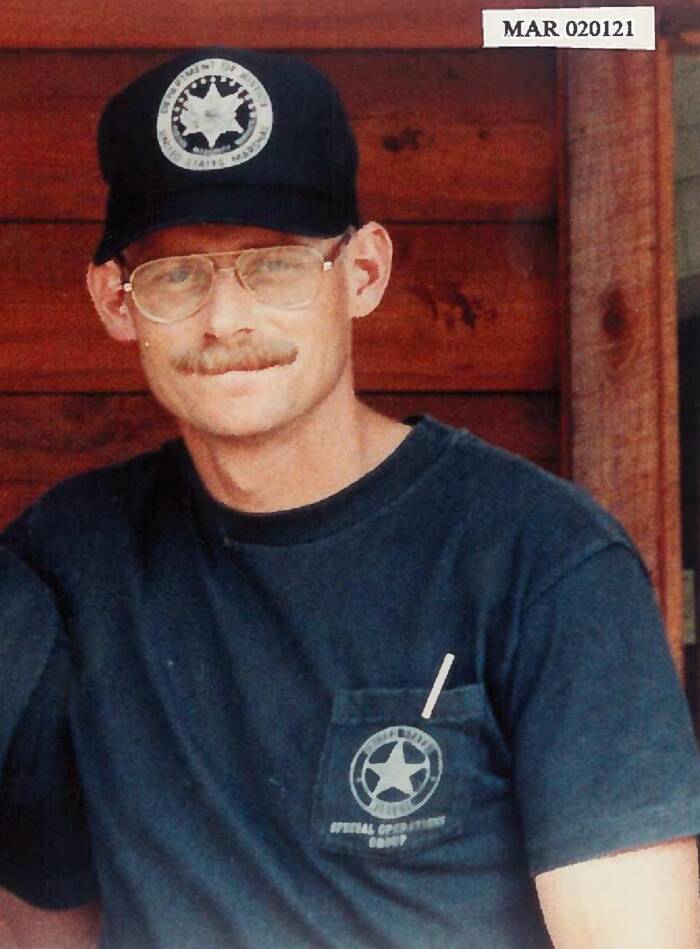
Two of the dogs were chained and unable to pursue the Marshals. However, a third dog, a yellow Lab named Striker, chased after them. Following Striker into the woods were 14-year-old Sammy Weaver, Kevin Harris, and Randy Weaver.
Randy later stated that he had initially hoped the dog was reacting to deer, as their food supplies were low. However, at a location in the woods known as the "Y," Randy encountered the three U.S. Marshals instead. Allegedly, one of them shouted, "Freeze, Randy," prompting Randy to respond with an expletive and instruct Sammy to return home.
Instead, Sammy, Harris, and Striker all encountered the Marshals.
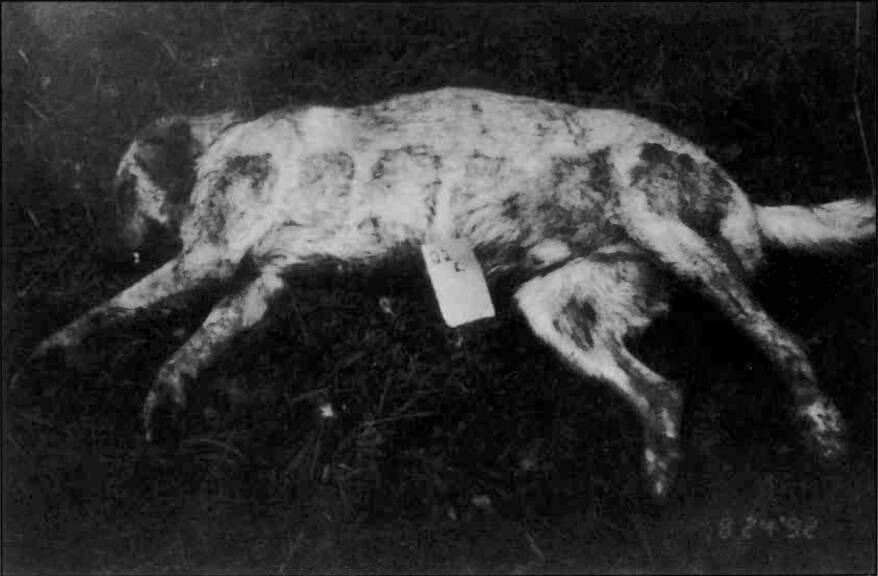
The government later asserted that Harris fired the first shot, killing Deputy U.S. Marshal Degan. However, jurors in the trials of Harris and Randy Weaver ultimately determined that U.S. Marshal Roderick had fired the initial shot, which fatally wounded Striker. Sammy then reportedly yelled, "You shot Striker, you son of a bitch!"
Amid the ensuing chaos, both Sammy Weaver and Kevin Harris exchanged gunfire with the agents. The exchange resulted in the deaths of Sammy and Deputy U.S. Marshal William F. Degan. Thus began the Ruby Ridge incident.
How The Infamous Standoff Came To An End
The day after Sammy and Degan's deaths, the siege at Ruby Ridge intensified. Believing they were facing a heavily armed anti-government group, the FBI deployed a hostage rescue team comprising numerous snipers and assault commandos. The valley surrounding Ruby Ridge took on the appearance of a military base as hundreds of federal agents and state police officers arrived, accompanied by a fleet of tents, helicopters, and Humvees.
Meanwhile, at the base of Ruby Ridge, a group of anti-government demonstrators had gathered to protest the presence of authorities.
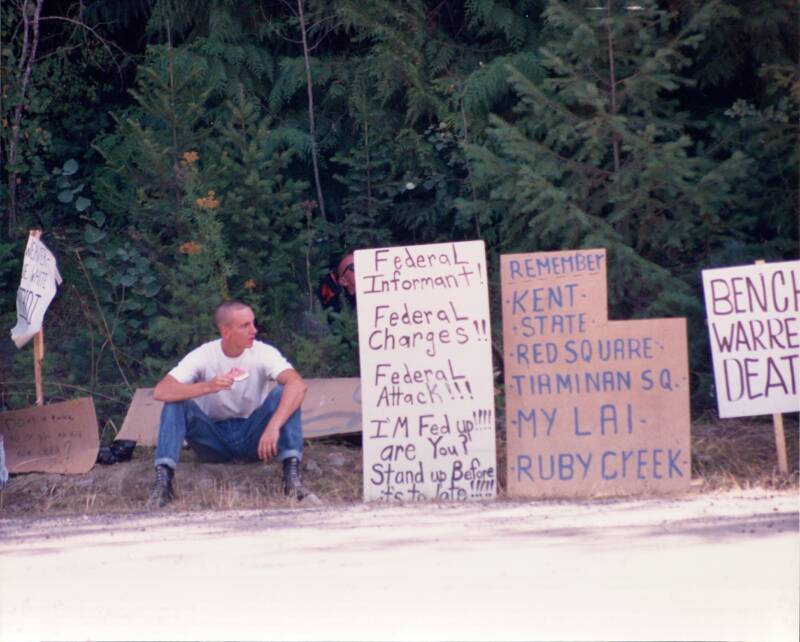
Unaware of the gathering storm below, the Weaver family had retrieved Sammy from the woods where federal agents had also recovered Degan's body. They were grieving their loss when FBI snipers positioned themselves on the mountain with orders to shoot any armed adults they spotted. Randy Weaver emerged from the cabin.
According to PBS, Randy intended to visit Sammy, who the family had placed in a nearby shed. Harris and Sara accompanied him, but as they neared the shed, a gunshot suddenly rang out from the woods. Randy quickly dropped to a crouch—he had been shot and wounded.
As they sprinted back toward the cabin, Vicki appeared at the door cradling baby Elisheba. Upon realizing what had transpired, Vicki screamed at them to get inside. Hurrying back, Harris, Sara, and Randy dashed into the house just as another gunshot rang out—this time striking Vicki while she held her 10-month-old baby.
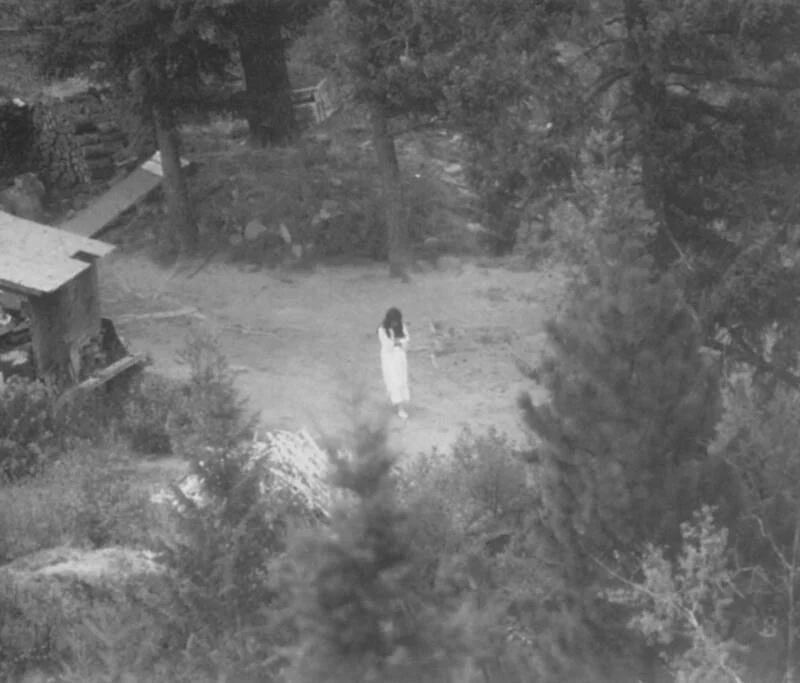
With Vicki Weaver dead and both Randy Weaver and Kevin Harris wounded, the nation watched as the Ruby Ridge standoff continued for nine more days, culminating in the surrender of Harris and Weaver.
The Dark Legacy Of The Ruby Ridge Standoff
Following the Ruby Ridge incident, Randy Weaver and Kevin Harris stood trial for the death of Deputy U.S. Marshal William F. Degan. They were ultimately acquitted of his murder. Additionally, after the Weaver family pursued wrongful death claims, the government agreed to pay them $3.1 million in settlement.
By then, the Ruby Ridge standoff had been largely overshadowed by the bloodier Waco siege. Federal agents stormed the Branch Davidian religious compound in Waco, Texas, resulting in the deaths of 76 people, including 25 children. Both incidents would later be cited by domestic terrorist Timothy McVeigh as justification for bombing a federal building in Oklahoma City on April 19, 1995.
Since then, both the Ruby Ridge incident and the Waco siege have been blamed for fueling the rise of anti-government extremists across the U.S.
Despite this, government officials have acknowledged wrongdoing during the Ruby Ridge standoff. A Justice Department official admitted that Randy Weaver "wasn't bothering anyone," and then-FBI Director Louis J. Freeh conceded in congressional testimony that Ruby Ridge was "a series of terribly flawed law enforcement operations with tragic consequences."
For Randy Weaver, who endured the loss of his son and wife during the Ruby Ridge incident, the reality is profoundly devastating.
In the aftermath, he tearfully declared, "it should never have happened."

